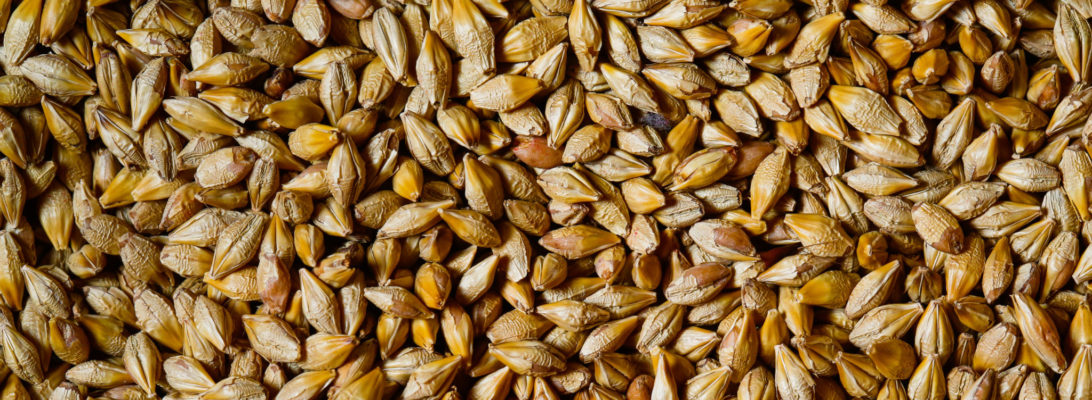by Robin Cowlyn
Once upon a time, there was really only Urquell or Jever and that was only in bottles in small independent bottleshops, like the one round the corner from where we lived for a while in Mosely in Birmingham or the one we used to visit in Noth Shields.
Then they were in Supermarkets, along with UK macro brewed copies, they might have had the word ‘Pils’ on the label but they really, really weren’t. They used famous names of continental breweries but honestly, they were a travesty. At least you could still get Urquell and Jever.
Then in the last few years, we’ve seen not exactly a renaissance, because that would imply it was a rebirth but a flowering of brewing lagers and pils by the smaller craft breweries where either the brewer loved drinking the style or where whole breweries devoted themselves these beers.
Yes, lager is a style or I suppose more correctly a way of manufacture. It uses yeasts that prefer lower temperatures that are most active at 8 to 10 degrees, the temperature of the caves where brewing with this sort of yeast first started. The temperature at which these beers were stored or lagered to condition.
Now, pils as a style probably originated in Pilsen, now in the Czech Republic, it is believed to have come about partly through the use of their local hops, finally using them to flavour the beer rather than just as a preservative and the new paler malt, that had been developed in Britain.
This lead to really pale beer with a floral characteristic bitterness and a dry finish. The Germans saw this beer from Czechia and obviously decided we can brew this too, their version of style saw slightly different hops used and in Northern Germany much more of them so producing a much more bitter version.
So this means we now have this lush pale beer, that is served cold with lovely bright flavours, some biscuityness in a markedly dry finish, which just makes you want to take that next sip… and then it’s gone and you want another one.
These beers are deceptively simple, there is no hiding place for a brewer, any off flavours stand out, any imbalance shows itself, as it is a pils’ balance that makes it so drinkable.
So to the beers…
Here in the North East, we have Reece and Donzoko, possibly better known for his Helles, brews a lovely pils which changes with each iteration as the hop he uses is different with each brew; his Select Pils has a good name as it speaks to what it is.
Further North, in Leith we find Newbarns, a relatively new brewery but people who obviously know what they’re doing. They brew a lovely pils, more in a Southern German style – slighter softer but with a great drinkability.
Early in the first lockdown, I bought a mixed pack from Utopian, a Devon brewery specialising in brewing lagers and does it show in their pils, Czech in style but brewed with all British ingredients specifically Jester hops to give a nice assertive bitterness, making it crisp, flavourful and oh so drinkable.
Writing this piece on a Bank Holiday Saturday, I’m currently sitting in the sunshine at Almasty, and though it’s not on keg (boo), their German Pils so good, crisp, a floral hoppy bite, leading to a gentle malt biscuityness and that lovely dry finish.
So in our search of the perfect pils, where are we? Well, you know what – there almost certainly isn’t a perfect one… except that one you’re drinking sat in the sunshine, preferably with your friends, maybe with some good tunes or some birdsong in the background. So yeah, for the moment sitting here in the sun, maybe I’ve found my perfect pils.
Guest blog post by Robin Cowlyn. You can check out more from Robin over on Twitter at @BombGirl
